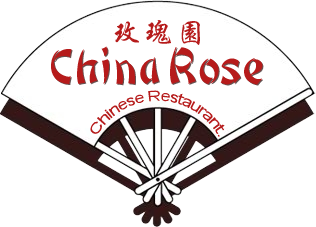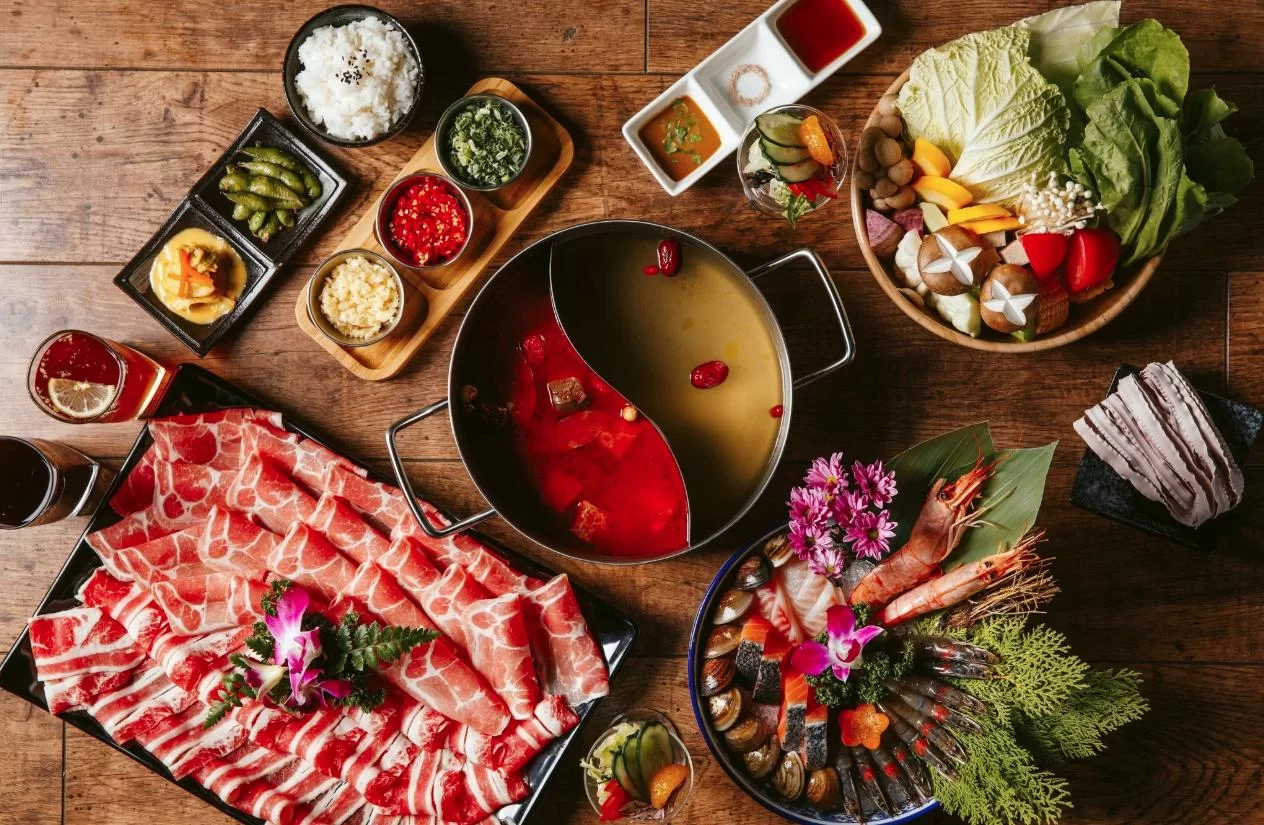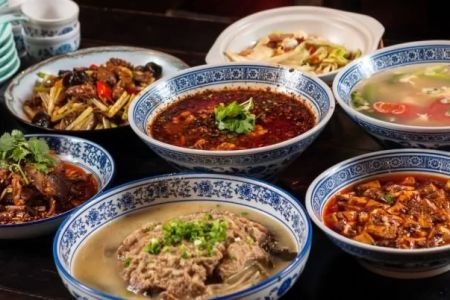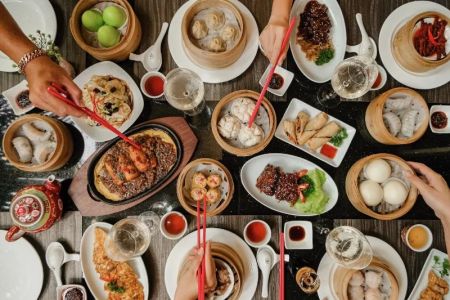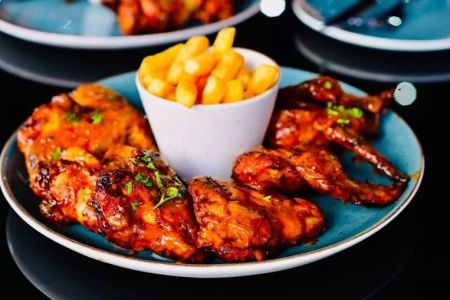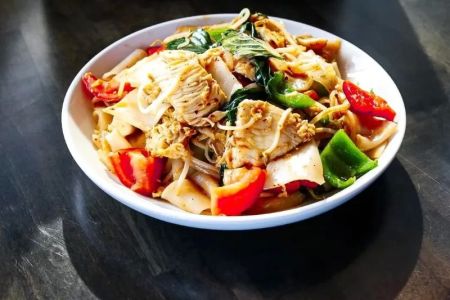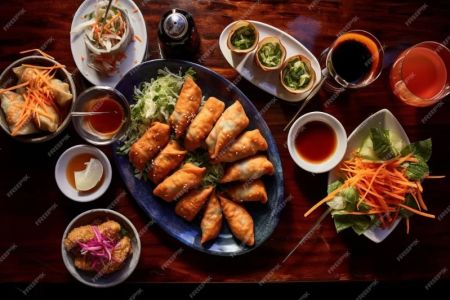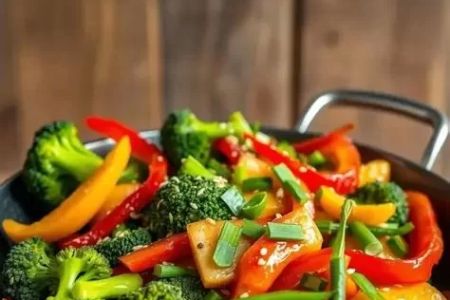- 1 - defining-wok-hei-the-heart-of-chinese-stir-frying
- 2 - how-wok-hei-is-achieved-mastering-heat-and-motion
- 3 - the-science-behind-the-breath-of-the-wok
- 4 - a-chefs-perspective-wok-hei-in-the-real-world
- 5 - can-home-cooks-achieve-wok-hei
- 6 - why-wok-hei-matters-to-flavor-memory-and-tradition
1. Defining Wok Hei: The Heart of Chinese Stir-Frying
In the bustling kitchens of Guangzhou and Hong Kong, chefs chase a flavor so elusive, it has its own name: wok hei. Often translated as the “breath of the wok,” wok hei refers not to an ingredient but to a feeling—a flavor profile that evokes smokiness, sear, and umami. It is the essence of high-heat wok cooking, and when done right, it transforms a simple stir-fry into culinary magic.
Ask any seasoned Chinese chef, and they’ll tell you that wok hei isn’t just about fire—it’s about timing, movement, and mastery. Dishes like beef chow fun or Cantonese-style fried rice are perfect vehicles for showcasing wok hei.
2. How Wok Hei Is Achieved: Mastering Heat and Motion
2.1 High Heat is Non-Negotiable
To achieve wok hei, the wok must be screaming hot—so hot that the oil shimmers and the ingredients sear within seconds. This intense temperature is what allows the sugars and amino acids in food to undergo the Maillard reaction, delivering the iconic char and complexity.
2.2 Swift Tossing Creates Even Contact
The technique of tossing the ingredients quickly through the wok ensures they contact the hottest parts of the surface without overcooking. It also helps incorporate a bit of flame and air into the mix, which contributes to the smoky aroma that defines wok hei.
2.3 Minimal Sauce, Maximum Aroma
Too much liquid cools the wok down and inhibits the formation of wok hei. Instead, dishes that highlight this flavor typically rely on dry, high-heat cooking with minimal sauce—just enough to season, not drown, the dish.
3. The Science Behind the Breath of the Wok
3.1 Maillard Reaction at Play
This chemical reaction, which occurs when proteins and sugars are exposed to high heat, produces the browned, flavorful crust that is central to wok hei. The rapid toss of food at high temperatures maximizes this effect without burning the ingredients.
3.2 Oil Vapor and Combustion
In professional kitchens, the high flames often ignite oil vapors, briefly kissing the food with combustion gases. This doesn’t burn the food but adds layers of complexity to the aroma. The presence of this phenomenon is a visual cue that wok hei is being developed.
3.3 Smoky Volatile Compounds
As the oil and sauce hit the ultra-hot metal, they release volatile flavor compounds into the dish, infusing it with an aroma that feels almost charred—but in a good way.
4. A Chef’s Perspective: Wok Hei in the Real World
Chef Kelvin Lau, who runs a traditional Cantonese kitchen in San Francisco’s Chinatown, describes wok hei as “that moment when the dish lifts off the plate.” He recalls training under a Hong Kong master who would toss noodles in the air with such speed that flames curled over the edge of the wok. “You could taste the fire,” he says, smiling. “It was electric.”
Kelvin admits that reproducing this flavor in a modern kitchen—especially with safety regulations and electric stoves—can be tricky. “But even at home,” he adds, “you can get 70% of the way there with the right tools and focus.”
5. Can Home Cooks Achieve Wok Hei?
5.1 Get the Right Equipment
Carbon steel woks are preferred for their heat retention and responsiveness. A round-bottomed wok paired with a high-BTU portable gas burner can create conditions similar to restaurant setups.
5.2 Don’t Crowd the Wok
Overloading the pan drops its temperature and leads to steaming rather than searing. Cook in small batches to maintain high heat and achieve that signature smoky note.
5.3 Practice Makes Flavor
Wok hei doesn’t come easy. It requires repetition, intuition, and understanding your heat source. But as Chef Kelvin says, “It’s not about perfection—it’s about capturing a moment of energy and letting the wok breathe.”
6. Why Wok Hei Matters to Flavor, Memory, and Tradition
6.1 More Than a Taste—It’s Cultural Identity
Wok hei is a flavor memory for many Chinese families. It’s the scent of street food, of grandma’s kitchen, of late-night stir-fries after a family celebration. It’s also a marker of culinary skill—achieving it is a badge of honor in Chinese culinary circles.
6.2 A Symbol of Time-Honored Skill
In today’s world of prepackaged sauces and takeout shortcuts, wok hei stands as a testament to old-school mastery. It cannot be bottled or faked—it must be earned, practiced, and felt. Much like the art of sushi or barbecue smoke rings, wok hei separates the good from the unforgettable.
6.3 Where to Taste Authentic Wok Hei
If you're eager to experience authentic wok hei, explore restaurants that emphasize traditional Chinese cooking techniques. Or better yet, visit Chinese Food to discover where true wok-cooked dishes are still being made with fire, passion, and respect for tradition.
